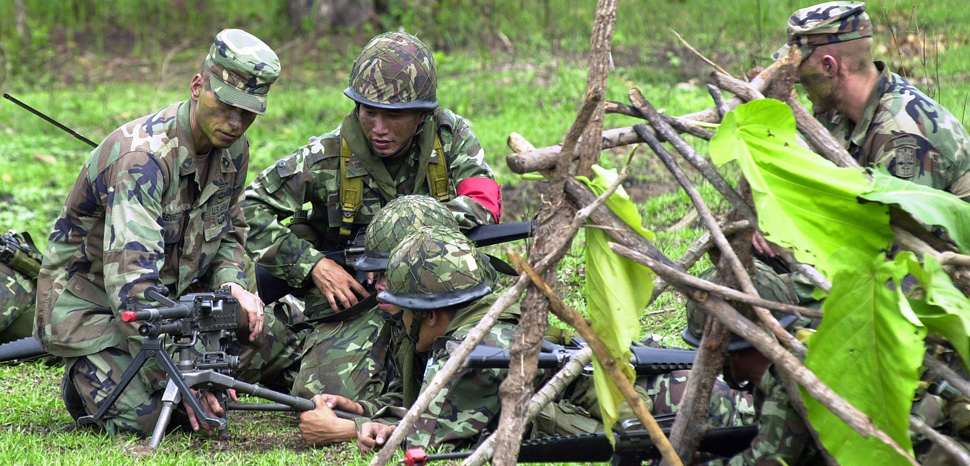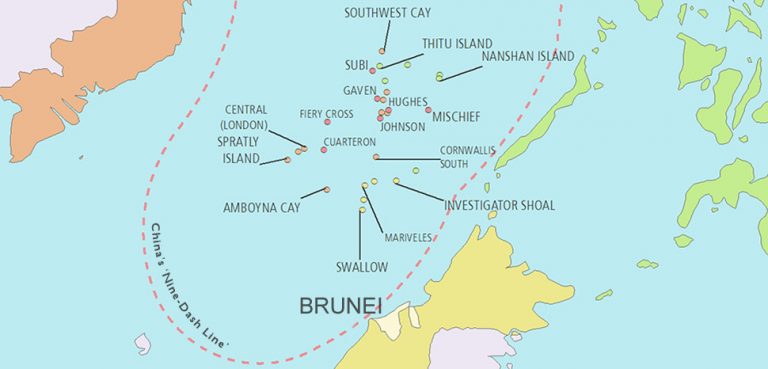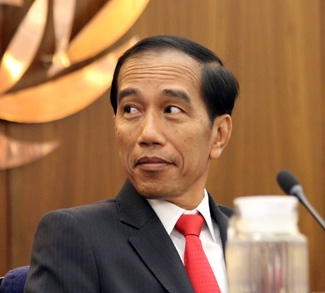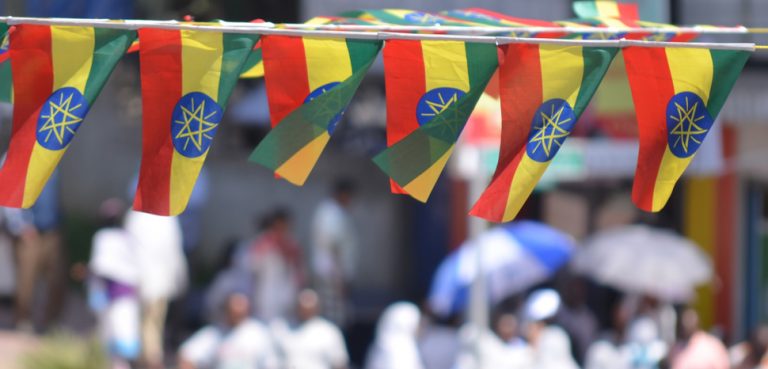Thailand appeared to have swung decisively toward China in the aftermath of the bloodless 2014 coup, when Gen. Prayut Chan-o-cha swept to power in Bangkok after deposing the democratically-elected government of Yingluck Shinawatra. The junta was isolated by the Obama administration and other Western allies in the European Union (EU), who imposed diplomatic and military sanctions, called for the swift return of democracy, and spoke-out firmly against alleged human rights abuses. China – as a rising economic powerhouse on Thailand’s doorstep, with a stated tradition of non-interference in the internal political affairs of other countries – was the obvious place to turn for the nation’s new rulers. Post-2014, military exchanges increased and diplomatic ties flourished, as did bilateral trade relations.
Yet since the election of President Donald Trump in the US in early-2017, a degree of balance has been restored in Thailand’s relations with the world’s two foremost superpowers. Sharp criticism from the corridors of power in Washington has been replaced with open arms, and ties have rebounded since Prayut’s high-profile visit to the White House last year.
However, has the junta already aligned itself too closely with Beijing for the US to be able to recover the dominant influence it once possessed with its oldest and most reliable partner in Southeast Asia? And, is Bangkok’s calculated strategy of geopolitical balancing likely to continue in the face of uncertainties over Trump’s foreign policy approach toward the region and with long-awaited domestic elections looming on the horizon?
Historically, Thailand enjoyed extremely close relations with the US, which for decades was its major global partner. Thailand is often referred to as America’s oldest ally in Asia, with diplomatic relations first established over 200 years ago and a defence pact signed in the 1960s. The US protected the Thai kingdom from a loss of territory after WWII, while Thailand contributed troops to the US wars in Korea and Vietnam. Thailand has also long been the site of US military bases and army installations, used for the forward deployment of troops to historical combat zones across East and Southeast Asia. Past co-operation has centred on defence and security ties, with the two countries often holding large-scale joint military drills as well as having a strong partnership in the sale of weapons and equipment. The US also played a central role in training Thai soldiers for combat, in addition to helping expand the Thai army and establishing the nation’s intelligence agencies. While Thai-US ties flourished during the 20th century, China – as a then-developing country before its rapid rise – lagged behind.




